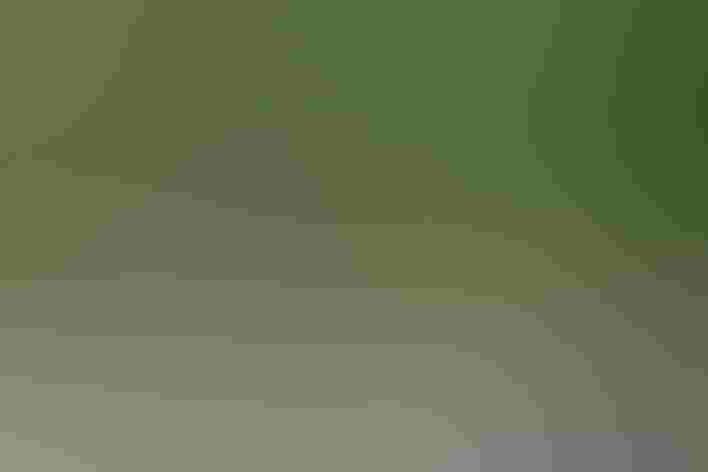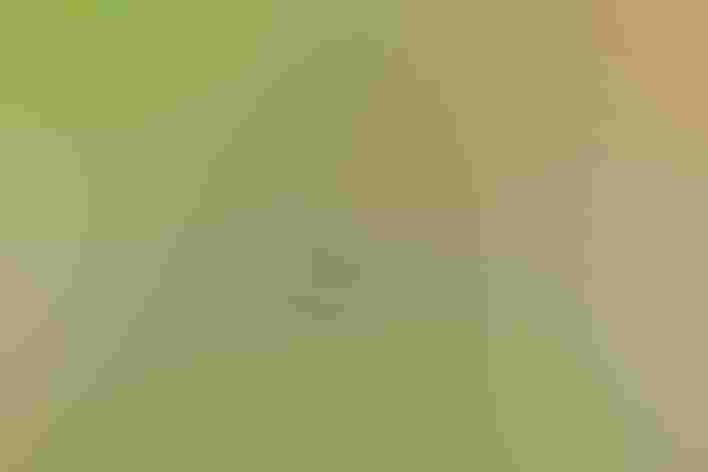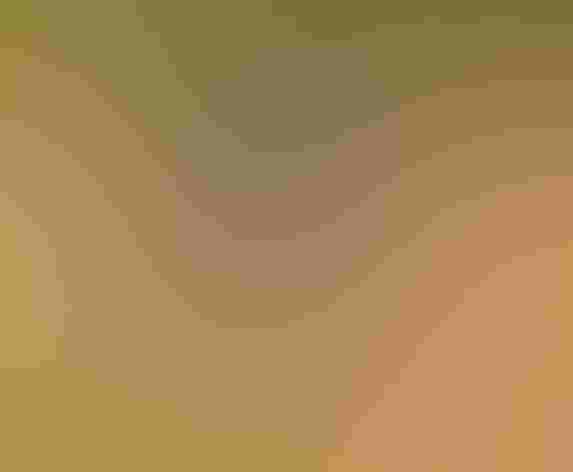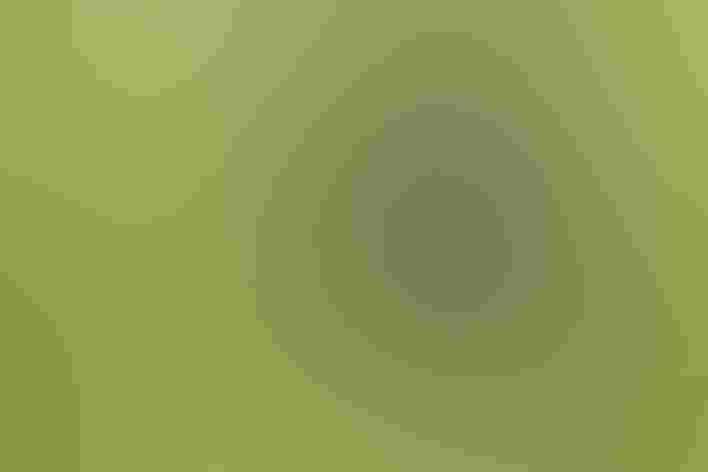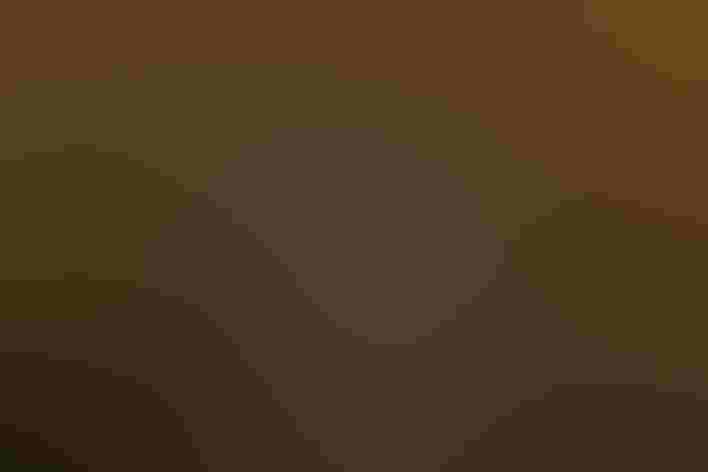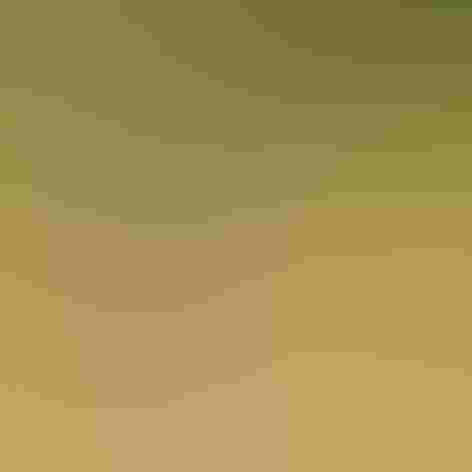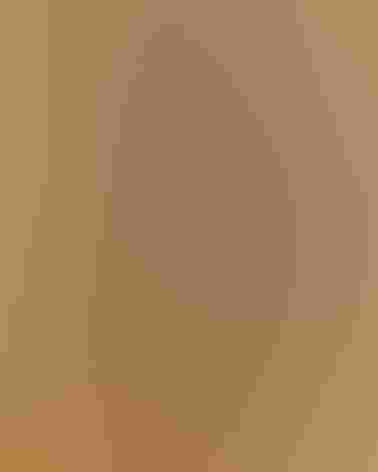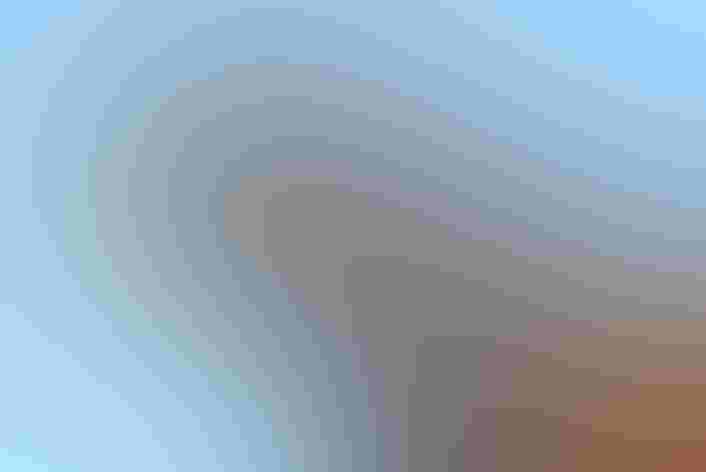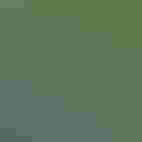Blue Grosbeak
At a Glance
The husky warbling song of the Blue Grosbeak is a common sound in summer around thickets and hedgerows in the southern states. Often the bird hides in those thickets; sometimes it perches up in the open, looking like an overgrown Indigo Bunting, flicking and spreading its tail in a nervous action. During migration, and in winter in the tropics, Blue Grosbeaks may gather in flocks to feed in open weedy fields.
All bird guide text and rangemaps adapted from by Kenn Kaufman© 1996, used by permission of Houghton Mifflin Harcourt Publishing Company. All rights reserved.
Category
Cardinals, Perching Birds
IUCN Status
Least Concern
Habitat
Arroyos and Canyons, Desert and Arid Habitats, Fields, Meadows, and Grasslands, Forests and Woodlands, Shrublands, Savannas, and Thickets
Region
California, Eastern Canada, Florida, Great Lakes, Mid Atlantic, New England, Plains, Rocky Mountains, Southeast, Southwest, Texas
Behavior
Direct Flight, Undulating
Population
35.000.000
Range & Identification
Migration & Range Maps
Eastern birds probably migrate across Gulf of Mexico, while those farther west travel south overland. Strays appear north of breeding range in both spring and fall.
Description
6-7 1/2" (15-19 cm). Very thick bill, wide buff or cinnamon wing-bars. Male very dark blue, female warm brown. Indigo Bunting slimmer, has smaller bill, lacks obvious wing-bars; female Indigo Bunting has streaks or mottling on chest.
Size
About the size of a Robin, About the size of a Sparrow
Color
Black, Blue, Brown, Tan
Wing Shape
Rounded
Tail Shape
Notched, Rounded, Square-tipped
Songs and Calls
Sweet, jumbled warble. Also a metallic klink.
Call Pattern
Complex, Undulating
Call Type
Chatter, Chirp/Chip
Habitat
Brush, roadsides, streamside thickets. Breeds in dense low growth in semi-open country, including woodland edges, brushy fields, young second-growth woods, hedgerows. In the Southwest, most common near water, in streamside thickets and mesquite groves. Outside the breeding season, often in open weedy fields. Native forms in Central America inhabit dry tropical forest and edges of other woods.
Sign up for ³Ô¹ÏºÚÁÏ's newsletter to learn more about birds like the Blue Grosbeak
Behavior
Eggs
3-5, usually 4. Pale blue to bluish white, usually unmarked, rarely with brown spots. Incubation is by female only, 11-12 days. Male may feed female during incubation. Cowbirds often lay eggs in nests of this species.
Young
Nestlings are fed mostly by the female. Young leave the nest about 9-10 days after hatching. Male may feed young more after they fledge, at least if female is starting second nest.
Feeding Behavior
Forages mostly on the ground, also in low vegetation. Picks up items from ground and from plants; will hover while taking insects from foliage, and will make short flights to catch insects in mid-air. Except when nesting, often forages in flocks.
Diet
Mostly insects and seeds. Eats many insects, especially in summer, including grasshoppers, beetles, caterpillars, cicadas, praying mantises, and others, also spiders and snails. Also eats many seeds (may be majority of diet at some seasons), including those of weeds and grass, also waste grain.
Nesting
Male sings to defend nesting territory. Nesting activity may last late in summer in some areas. Nest: Placed low in shrubs, trees, or vines, usually 3-10' above the ground, rarely up to 25' high. Nest (built by female) is compact open cup of twigs, weeds, rootlets, leaves, strips of bark; often adds odd materials such as snakeskin or pieces of paper, string, or rags. Nest lined with fine grass, rootlets, animal hair.
Conservation
Conservation Status
Has been expanding breeding range toward the north in recent decades. Surveys suggest that overall population is stable or even increasing slightly.
Climate Threats Facing the Blue Grosbeak
Choose a temperature scenario below to see which threats will affect this species as warming increases. The same climate change-driven threats that put birds at risk will affect other wildlife and people, too.

